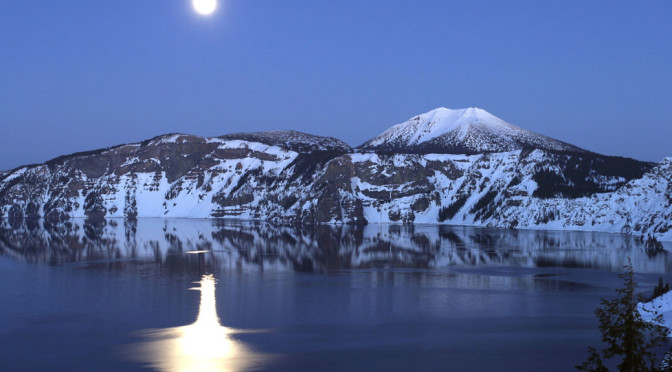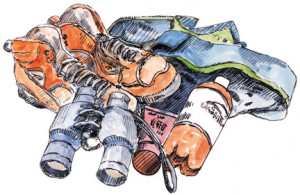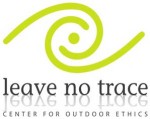Hiking – Leave no Trace: The “leave no trace” philosophy is a critical concept to backcountry travel. More than 90% of Crater Lake National Park has been proposed as federal wilderness. Designated wilderness areas are to be managed with few permanent impacts by humankind. The Wilderness Act, passed in 1964, directs us to ensure that wilderness remains “untrammeled” by human presence.
Remember that the “leave no trace” guidelines are more than a set of rules. They are an attitude and a means of preserving wild lands and open spaces for everyone. You can help by minimizing your own impact in many ways:
- Leave natural features undisturbed. Take only pictures and memories. Allow everyone to experience the entire wilderness.
- Keep groups small. Smaller groups are less likely to disturb wildlife and other hikers.
- Stay on the trail. Taking shortcuts or ignoring switchbacks destroys vegetation, causes more rapid erosion, and can make trails dangerous for everyone.
- Keep voices low. Leave radios and tape players at home.
Leave No Trace Concepts
Parties larger than 8 people should break into smaller groups and travel separately. This applies to both day hikers and overnight campers.
Stay on the trail no matter how tempting it may be to take a shortcut between switchbacks. In this land of brief summers and long winters with 50 feet of snowfall, plants must struggle just to stay alive. Trampling lessens their chances of survival and accelerates erosion.
If you do build a fire, use an existing fire ring. The number of fire rings in the backcountry has increased beyond need. If you must build a fire ring, destroy it when you are finished. Use dead and down wood to fuel your fire—let the standing vegetation continue its growth. Remember—stay close to your fire and be sure it is out before you continue your trip.
While in Crater Lake National Park, try to use one of the designated backcountry camps. Staying at one of these sites lessens the number of impacted areas. Check with park staff for these locations. If you don’t use one of these areas, pick an already established campsite or area which is more resistant to human impact. Make sure you are at least 100 feet off the trail and one mile from any road, and out of sight of other campers.
At your campsite, hang all food in a pack or stuff sack, out of reach of wild animals (at least 10 feet above the ground) and well away from your cooking area.
Pick up litter and pack it out. Packing out all materials including garbage will leave your campsite and trails ready for the next backcountry user.
Do not feed animals. Pack out all food scraps. Allow wild animals to eat their natural diet.
Choose bathroom break locations wisely. Improper sanitation can contaminate streams and lakes. Make your toilet well away from camp and at least 100 feet away from any standing or running water. Dig a shallow trench and cover after use. Pack out all toilet paper. Dispose of waste or wash water at least 100 feet away from any water source.
Although the clear, cold water of streams is very tempting, it should be boiled or disinfected before it is consumed. Even the clearest stream may cause illness. A bulletin on giardia, a water-borne parasite, is available from either park visitor center.
Protect yourself, your pets, and park wildlife by leaving your pets at home or in a kennel. Wildlife will often avoid areas that are used by pets, making it difficult for hikers to observe the animals. Wildlife and domestic animals may attack each other. Domestic animals may carry diseases that are fatal to wildlife. Remember—all park wildlife is protected.
One final idea: excessive noise, large groups, and brightly colored tents or packs can psychologically shrink the wilderness. It is true that bright colors can provide visibility for safety, but carrying a light-weight orange or yellow tarp will serve the same purpose. Try not to be seen. |




